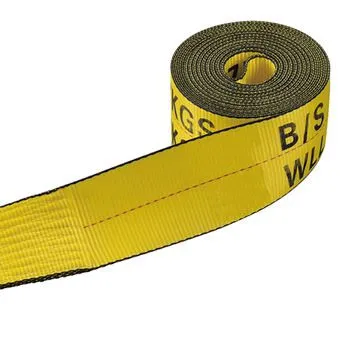Dec . 12, 2024 09:31 Back to list
drop ceiling cross tee
Understanding Drop Ceiling Cross Tees An Essential Component for Modern Interiors
In the world of modern architectural and interior design, drop ceilings have become a popular choice for many spaces, from office buildings to retail environments and residential homes. One of the key components that contribute to the functionality and aesthetic appeal of drop ceilings is the cross tee. Understanding drop ceiling cross tees is essential for anyone involved in the design, installation, or maintenance of suspended ceiling systems.
What is a Drop Ceiling?
Before diving into the specifics of cross tees, it is crucial to understand what a drop ceiling is. A drop ceiling, also known as a suspended ceiling, comprises a grid system that supports lightweight ceiling tiles. This type of ceiling allows for easy access to plumbing, electrical wiring, and HVAC systems while providing a clean, finished appearance. Drop ceilings are particularly valued for their ability to enhance acoustics, control sound, and improve energy efficiency in a space.
The Role of Cross Tees
Cross tees play a pivotal role in the structural integrity and design of drop ceilings. These components are horizontal members that connect to the main runners of the grid system, forming a framework that holds the ceiling tiles in place. Cross tees typically come in various lengths, usually ranging from 2 feet to 4 feet, allowing for versatile design options and accommodating different tile sizes.
The primary functions of cross tees include
2. Grid Configuration Cross tees help create the grid pattern that defines the ceiling layout. This pattern not only influences aesthetics but also facilitates the installation process.
drop ceiling cross tee

3. Accessibility By creating a modular framework, cross tees allow for tiles to be easily removed for access to underlying systems, such as electrical and plumbing installations.
Installation Considerations
Installing cross tees requires careful planning to ensure that the structural integrity of the drop ceiling is maintained. Typically, installation begins with the main runners, which are installed parallel to the longest wall of the room. Once the main runners are in place, cross tees are installed perpendicular to the main runners, creating a grid that allows for the even distribution of weight.
Proper spacing is critical when installing cross tees, as they dictate the size of the tiles that will fit into the grid. Standard guidelines often recommend a spacing of 24 inches on center for residential applications, but this may vary based on specific design requirements.
Design Flexibility
Beyond functionality, cross tees afford designers significant flexibility in creating visually appealing ceilings. The grid system can easily accommodate different tile designs, textures, and colors, allowing for customization that aligns with the overall aesthetic of the space. This adaptability is particularly advantageous in commercial environments, where branding and thematic consistency are vital.
Conclusion
In summary, drop ceiling cross tees are an integral component of modern drop ceiling systems, serving both structural and aesthetic purposes. Understanding their role, installation requirements, and design potential can greatly benefit architects, contractors, and DIY enthusiasts alike. As drop ceilings continue to gain popularity due to their myriad advantages, the importance of cross tees in creating a stable, attractive, and functional ceiling layout cannot be overstated. Whether in a bustling office or a cozy home, cross tees contribute to the versatility and beauty of suspended ceilings, making them a cornerstone of contemporary interior design.
-
Durable Ceiling T Grid Systems | Easy InstallationNewsAug.29,2025
-
PVC Gypsum Ceiling: Durable, Laminated Tiles for Modern SpacesNewsAug.28,2025
-
Pvc Gypsum Ceiling Is DurableNewsAug.21,2025
-
Mineral Fiber Board Is DurableNewsAug.21,2025
-
Ceiling Tile Clip Reusable DesignNewsAug.21,2025
-
Ceiling T Grid Modular DesignNewsAug.21,2025







